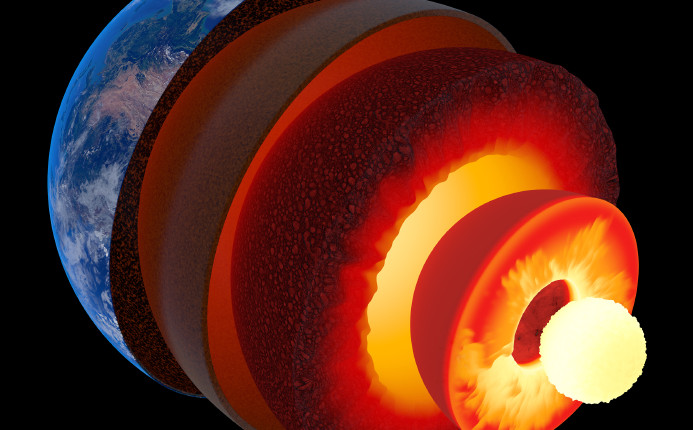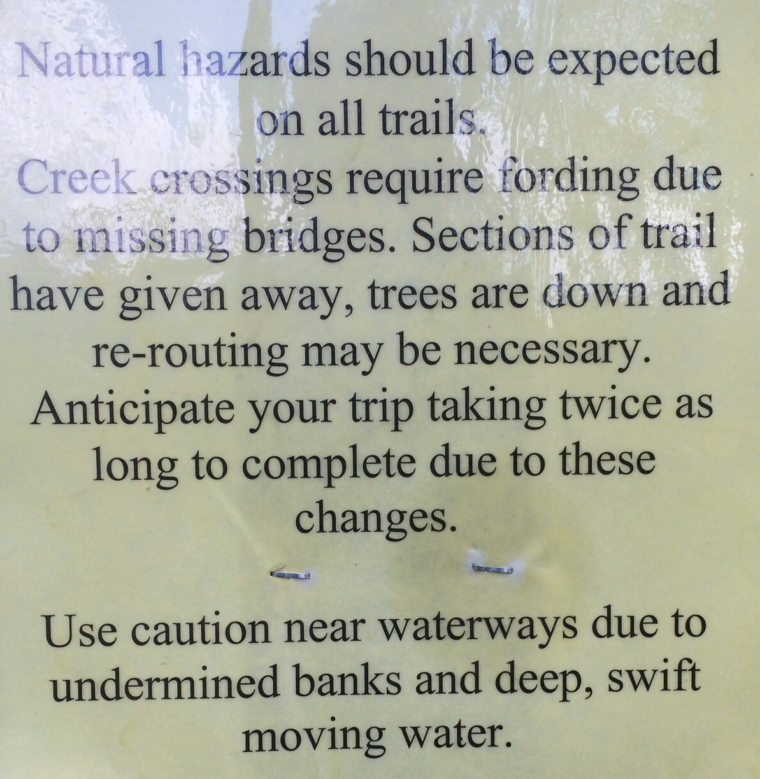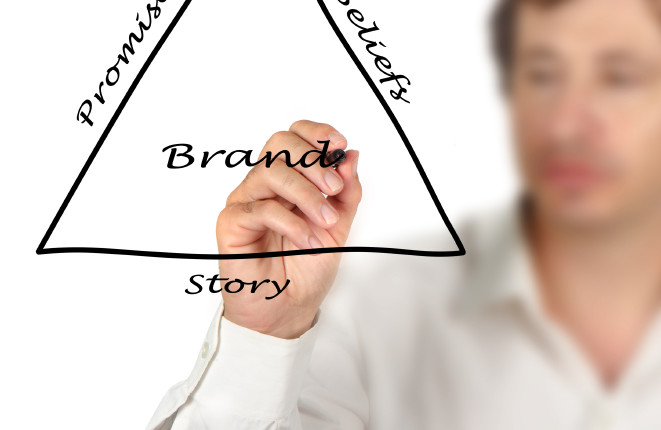In his book The Future Arrived Yesterday: The Rise of the Protean Corporation and What It Means for You , Michael S. Malone defines a new phenomenon in the corporate world which he calls the Protean Corporation (Protean means the ability to change into many different forms or to do many different things). The Protean Corporation is a new form of organization that is structured to handle the stresses and strains we see emerging in our marketplace today. Stresses ranging from the retiring baby boomers being replaced by Gen Xer’s, Gen Y’s and millennials to the rising Asian workforce, continuous Internet connectivity, the pace of technological change, dramatic increases in new consumers, the emerging nations and the rise in entrepreneurialism. These stresses and strains are unleashing an unprecedented rate of change into the marketplace, a rate of change that has never before been experienced and one that the organizations today struggle to handle successfully.
, Michael S. Malone defines a new phenomenon in the corporate world which he calls the Protean Corporation (Protean means the ability to change into many different forms or to do many different things). The Protean Corporation is a new form of organization that is structured to handle the stresses and strains we see emerging in our marketplace today. Stresses ranging from the retiring baby boomers being replaced by Gen Xer’s, Gen Y’s and millennials to the rising Asian workforce, continuous Internet connectivity, the pace of technological change, dramatic increases in new consumers, the emerging nations and the rise in entrepreneurialism. These stresses and strains are unleashing an unprecedented rate of change into the marketplace, a rate of change that has never before been experienced and one that the organizations today struggle to handle successfully.

According to Malone, the Protean Corporation “must find a way to continuously and rapidly change almost everyone of their attributes – products, services, finances, physical plant, markets, customers, and both tactical and strategic goals – yet at the same time retain a core of values, customs, legends, and philosophy that will be little affected by the continuous and explosive changes taking place just beyond its edges.”
How can the Protean Corporation do this? By structuring itself into three distinct groups;





